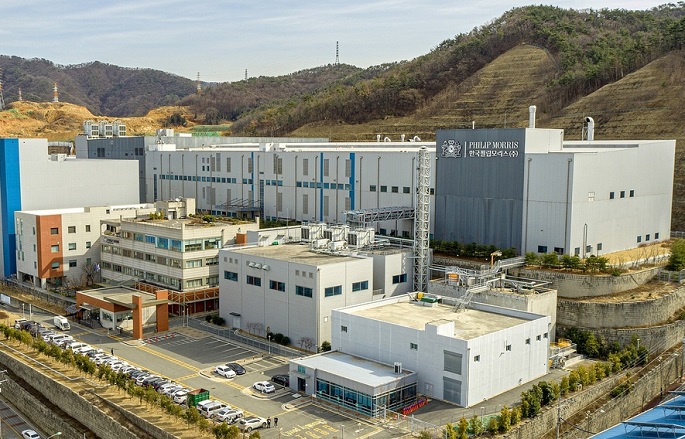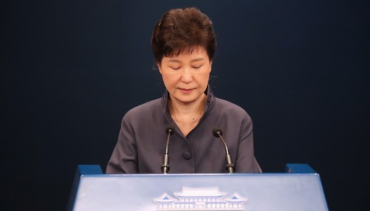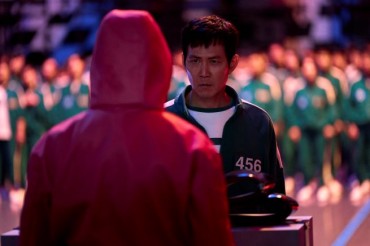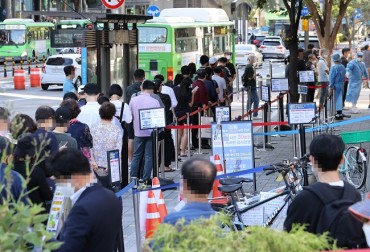
Philip Morris Korea Inc.’s factory in Yangsan, 420 kilometers southeast of Seoul, is seen in this photo provided by the company.
SEOUL, July 12 (Korea Bizwire) — Korea Environment Corp. (KECO), a state environment promotion agency, said Tuesday that a demonstration facility for carbon capture and utilization technology will be established at a Philip Morris Korea Inc. factory in Yangsan, North Gyeongsang Province.
The facility, scheduled to be completed on Thursday, leverages the carbon dioxide absorption characteristics of microalgae during the photosynthesis process.
The South Korean arm of U.S. tobacco giant Philip Morris International Inc. provided the site and funding for the project, which was coordinated by KECO, while the Korea Environment & Merchandise Testing Institute provided research and development support.
Operating solely on solar power and utilizing wastewater, the facility will repurpose the microalgae as fertilizer or feed after use, providing it free of charge to local communities.
According to KECO, the facility is expected to reduce the factory’s annual carbon dioxide emissions by 2.15 tons.
Kevin Lee (kevinlee@koreabizwire.com)






